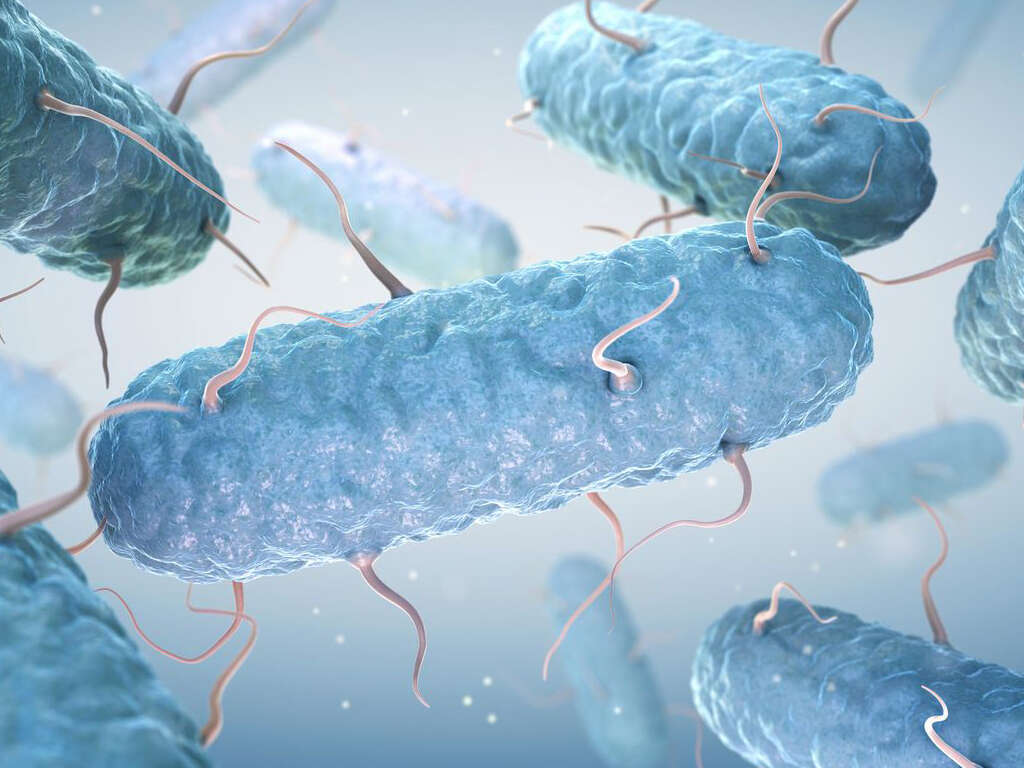What Is Diphtheria?
2. Disease Process
Several strains of the bacteria can produce a type of toxin (exotoxins) that can cause severe forms of the disease. When the bacteria reach the respiratory tract, they adhere to the cells of its lining (mucosal epithelial cells) and release said toxin, causing an important local inflammatory reaction. This is followed by tissue destruction and cell death.
This process enables the exotoxin to be transported by the blood and lymph to other organs, sometimes causing severe systemic disease (i.e. kidneys, heart, and nervous system). The symptoms of diphtheria will usually resemble an upper respiratory tract infection, and they will appear from two to five days after the patient has acquired the disease.
Advertisement












